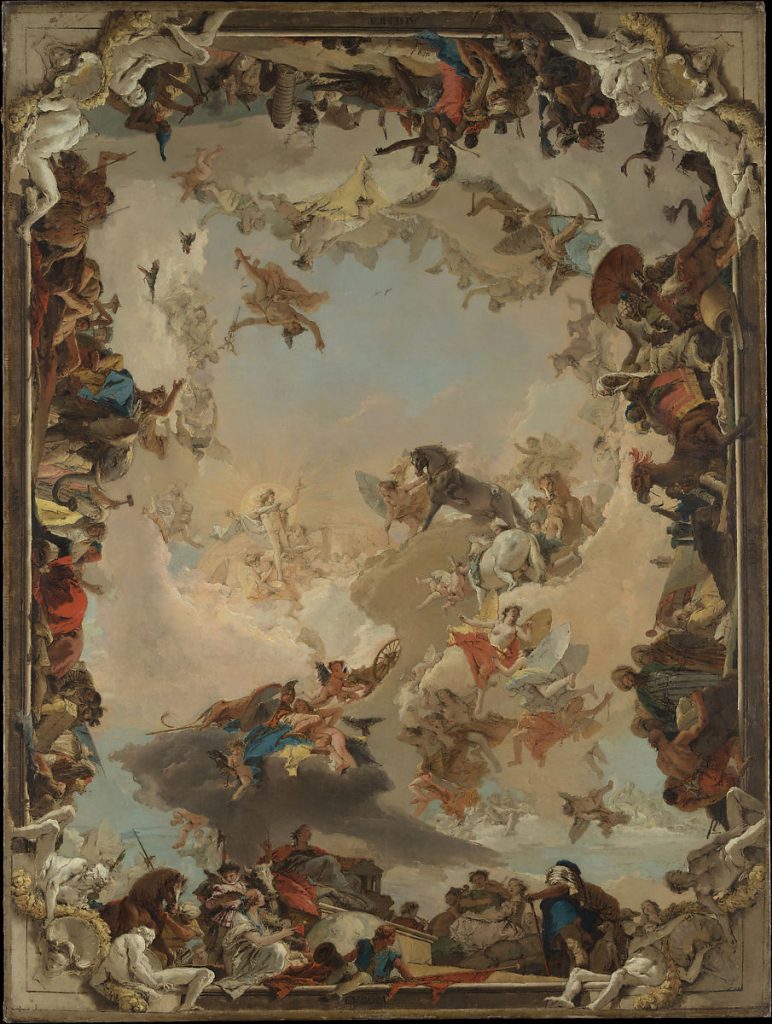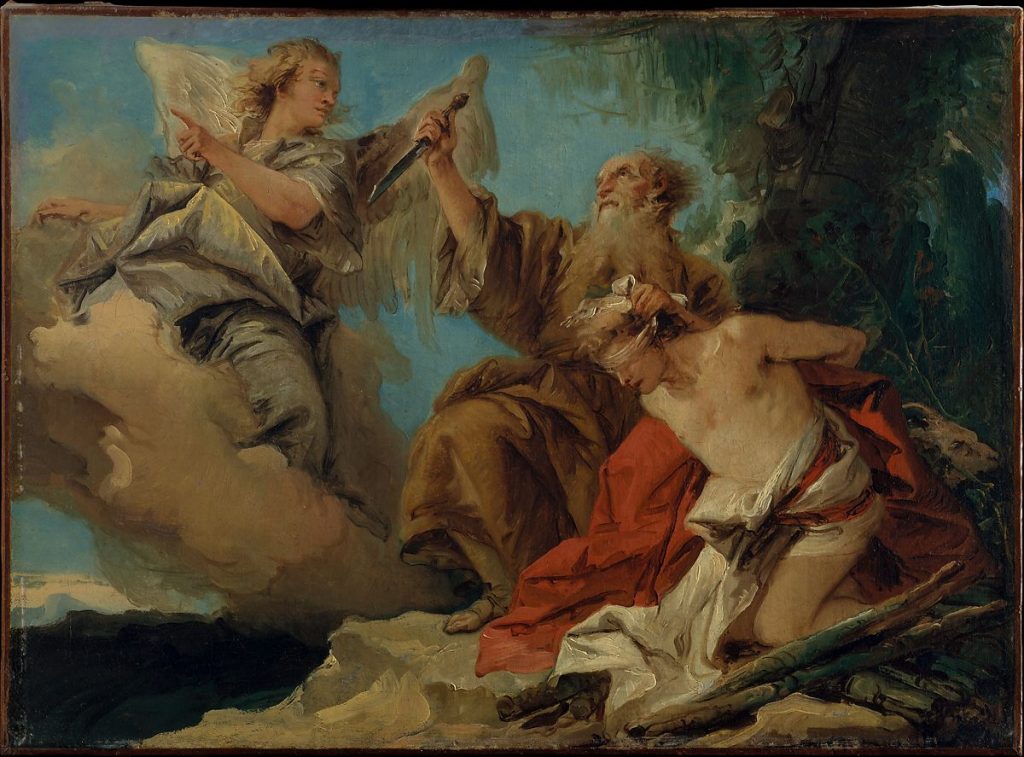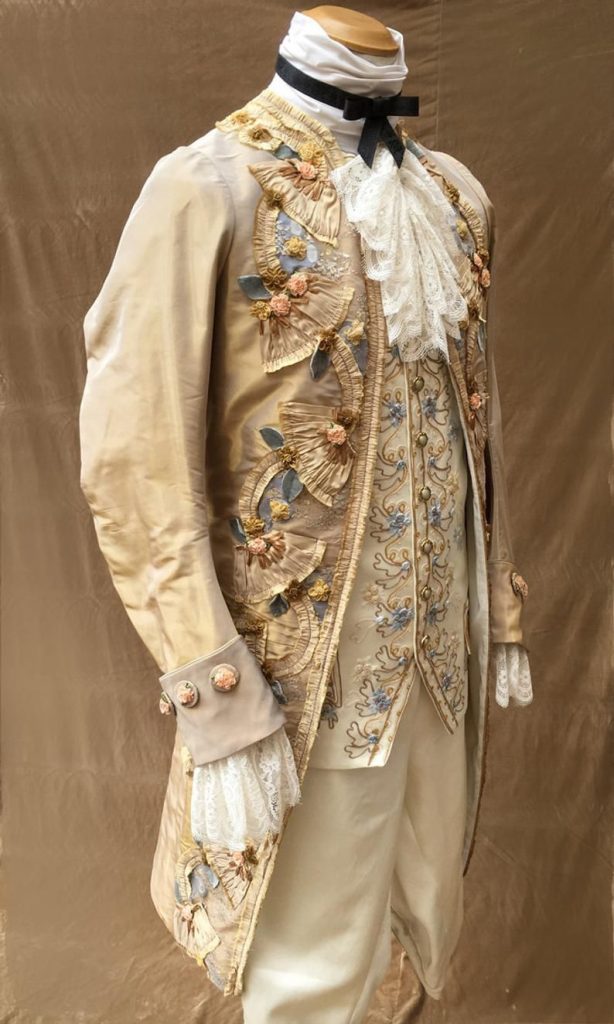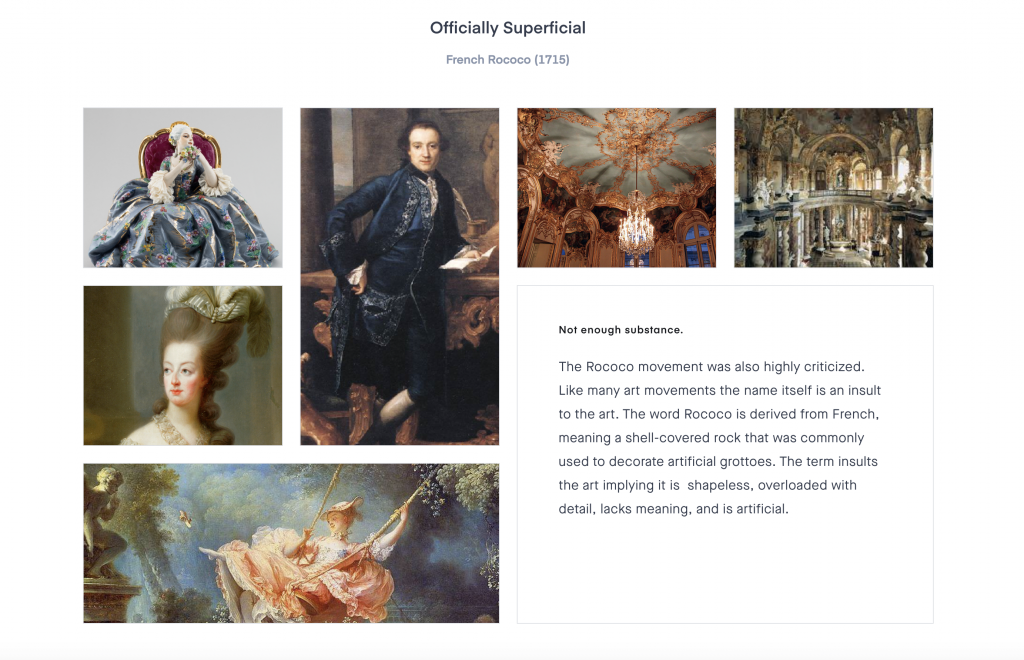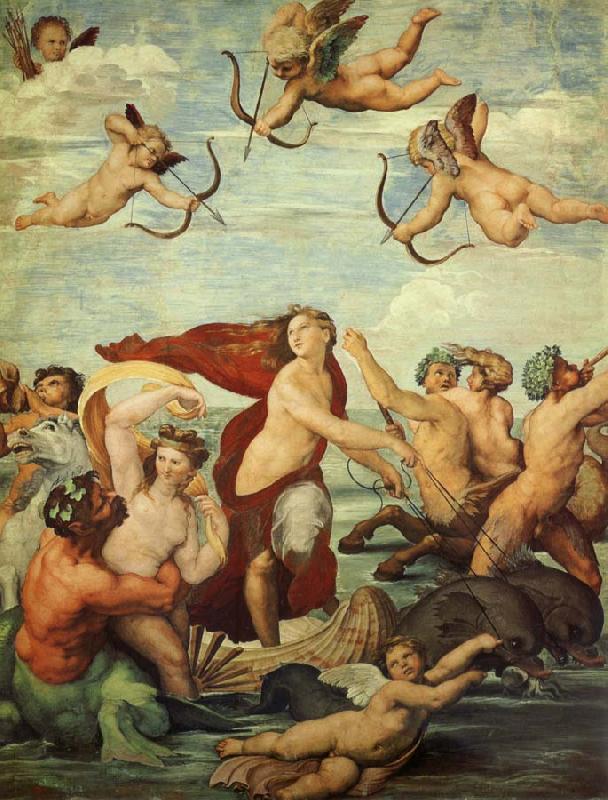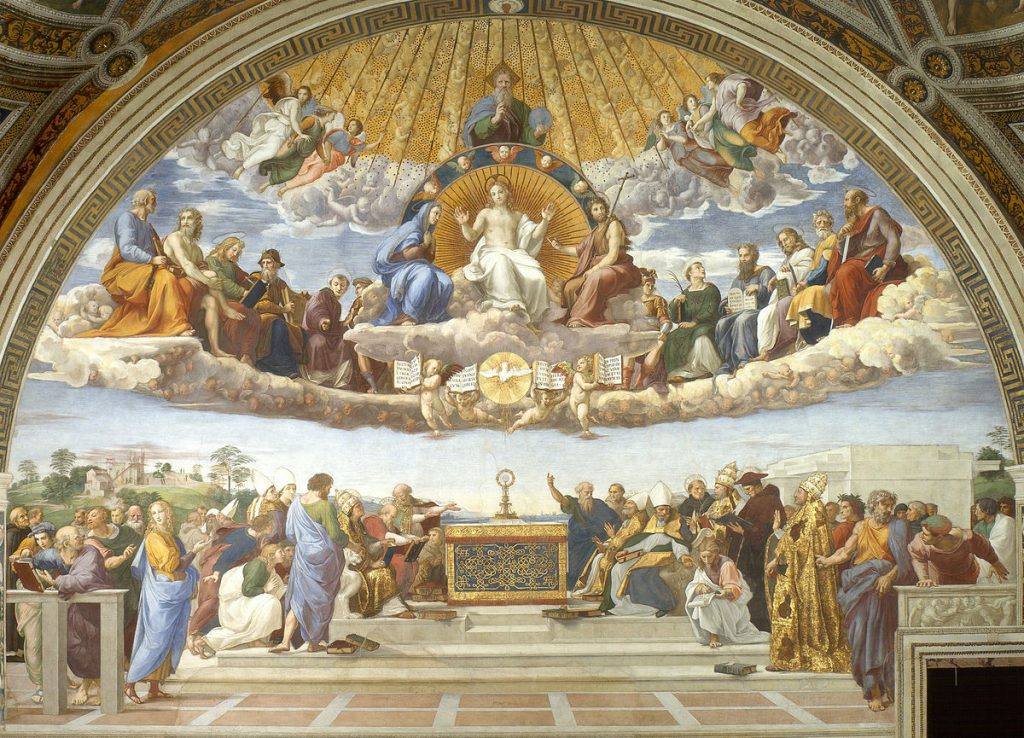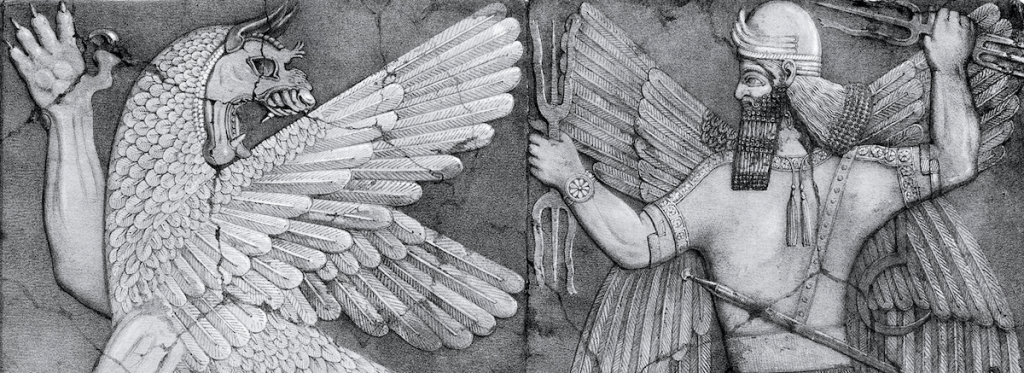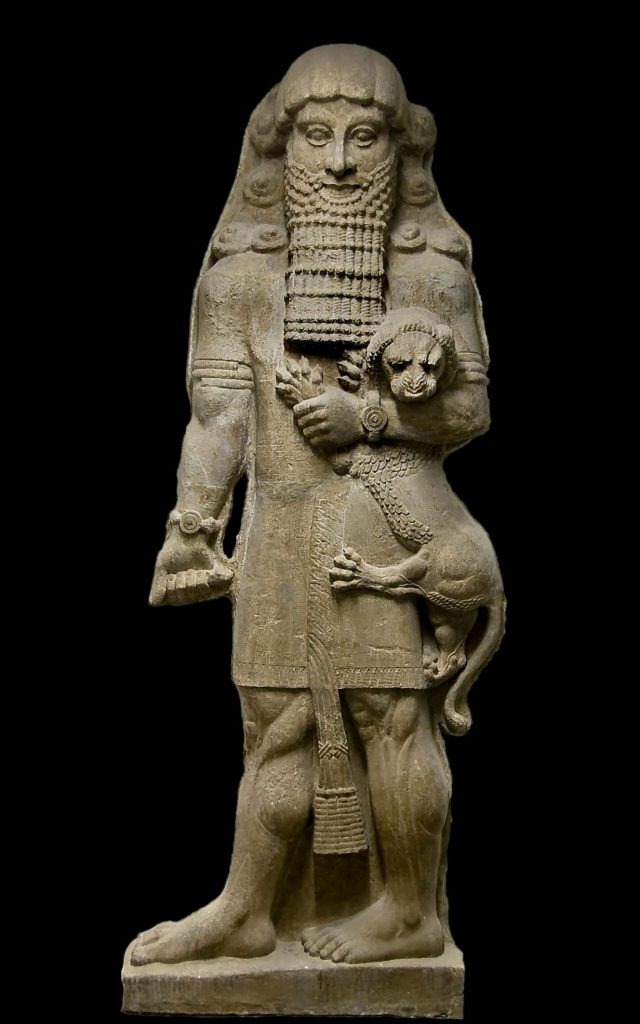Grimm’s Fairy Tales Published: – Survey 4: Steam and the speed of light (1750 – 1850) and Survey 5: Painters and posters (1850 – 1895)

Once Apon a Time
Grimm’s Fairy Tales is arguably the most influential collection of folklore to this day. There aren’t many people who can say they’ve never heard or seen any modernized iteration of the classic stories. Originally published in 1812 by the Brothers Grimm, Grimm’s Fairy Tales was a two-volume collection of 86 children’s stories. This is where iconic names such as Rapunzel, Snow White, as well as Hansel and Grettel came from. The stories were well received and over the coming years would expand from 86 stories to 210 with their rising popularity.
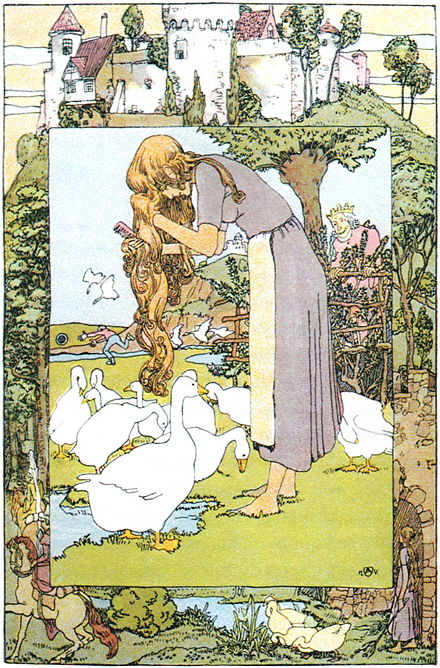
A Change in Violent Tendencies
As time passed more stories were added in, but there were also many that changed due to public opinion. See, even though the stories were marketed towards children, they aren’t the type of stories you’d think of telling a child nowadays. Especially as the original 86 stories were blunter, and more tragic with often brutal and graphic descriptions of violence. The Grimm brother even added some concepts that were too complex and scholarly for kids to understand. This lead to some revisions in the later editions of Grimm’s Fairy Tales.
One of the first changes that happened was the rise in evil stepmothers. Originally, many of the stories simply used a wicked mother as the villain. Though, this wasn’t received well so they later changed any evil mother to an evil stepmother for their lack of “motherhood sacredness”. There was another issue with violence and mature themes being unsuitable for children. In many respects, those aspects were changed, but the violence was never truly toned down. In fact, it seems as if instead of lessening the violence, that brutality became redirected towards punishing villains. Yet, this must have been seen as more respectable for readers as there were no complaints or changes till Disney came along to create their line of animated adaptations. This is also where fairy tales got pushed into mainstream pop culture. Disney was also the force that came along and created the idea of a ‘happily ever after’, as before this there was no guarantee that the protagonist would come out the other side of the story unharmed. Grimm’s Fary Tales pushed the idea of narrating a moral lesson over providing happy endings. Disney didn’t completely remove the idea of a moral lesson from their stories but did significantly childproof them for the silver screens.
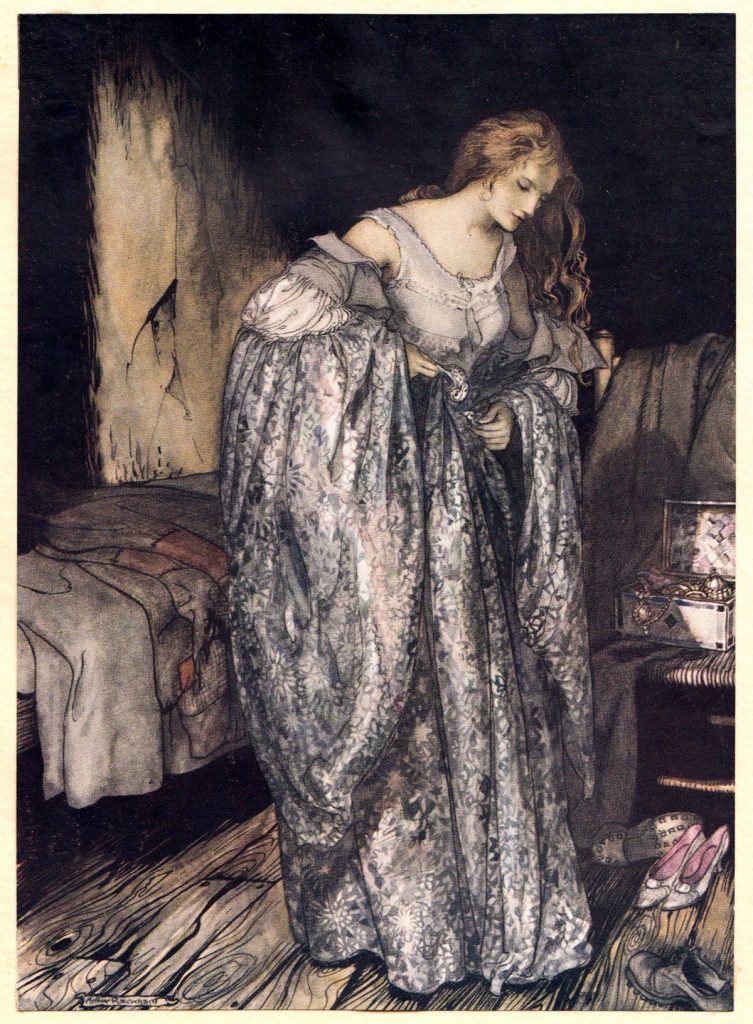
The Modern Influence and Legacy
Grimm’s Fairy Tales and most of their stories are talked about like common knowledge and referenced to likes of ancient Myths and Legends. Characters in the stories are considered iconic, they are referenced as notable archetypes and are the inspiration for many artists and storytellers to draw upon, sometimes without even knowing. Grimm’s Fairy Tales are deeply saturated in all forms of media and have a strong grip on pop culture. This is especially true, as recently Hollowood pushes the production of as many live-action re-makes of the Disney original cartoons as they can. No matter how good the movies are, or how closely they stick to the source material; they tend to do well as they feed on a strong sense of childhood nostalgia. This speaks volumes of how the stories are to this day able to be enjoyed by a wide audience of children and adults alike. There is a universal appeal to these stories like no other. They have the ability to adapt and evolve with time. They can change genre, and medium and still be well recognized by a wide audience. Whether it’s a painting, play, musical, dance number, movie, or even the one original Grimm’s story, they have and will continue to hold their place in history for people everywhere to enjoy.
Citations:
“Category:François Boucher.” Wikimedia Commons, https://commons.wikimedia.org/wiki/Category:Fran%C3%A7ois_Boucher.
Denecke, Ludwig. “Brothers Grimm.” Encyclopædia Britannica, Encyclopædia Britannica, Inc., https://www.britannica.com/biography/Brothers-Grimm.
Kuiper, Kathleen. “Grimm’s Fairy Tales.” Encyclopædia Britannica, Encyclopædia Britannica, Inc., https://www.britannica.com/topic/Grimms-Fairy-Tales.
Popova, Maria. “Arthur Rackham’s Rare and Revolutionary 1917 Illustrations for the Brothers Grimm Fairy Tales.” The Marginalian, 10 Oct. 2019, https://www.themarginalian.org/2016/02/29/arthur-rackham-brothers-grimm/.
Zipes, Jack, et al. “How the Grimm Brothers Saved the Fairy Tale.” The National Endowment for the Humanities, Apr. 2015, https://www.neh.gov/humanities/2015/marchapril/feature/how-the-grimm-brothers-saved-the-fairy-tale.
Image Citations:
Forgottenbeauty. “The True Sweetheart – Little Brother & Little Sister – Brothers Grimm – Arthur Rackham Art Board Print by Forgottenbeauty.” Redbubble, https://www.redbubble.com/i/art-board-print/The-True-Sweetheart-Little-Brother-and-Little-Sister-Brothers-Grimm-Arthur-Rackham-by-forgottenbeauty/33821322.TR477.
“Grimm’s Fairy Tales by Rackham, Arthur – Jonkers Rare Books.” Jonkers Rare Books – First Edition Books, Signed & Antique – Jonkers Rare Books, https://www.jonkers.co.uk/rare-book/9727/grimm-s-fairy-tales/arthur-rackham.
“The Goose Girl.” Wikipedia, Wikimedia Foundation, 30 Aug. 2021, https://en.wikipedia.org/wiki/The_Goose_Girl.

